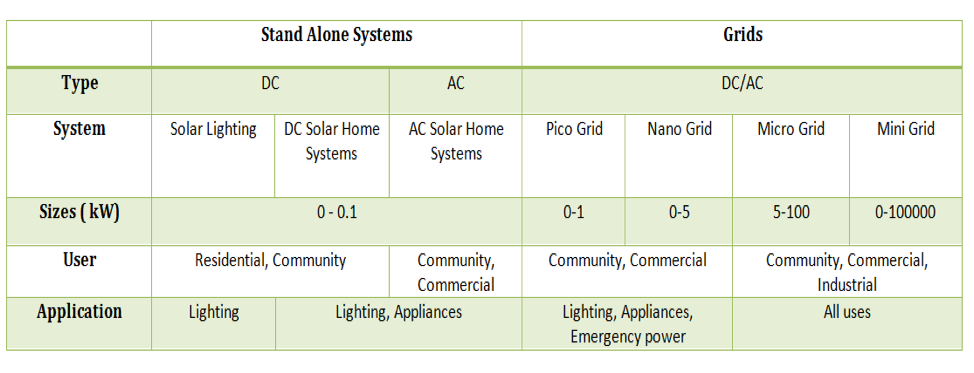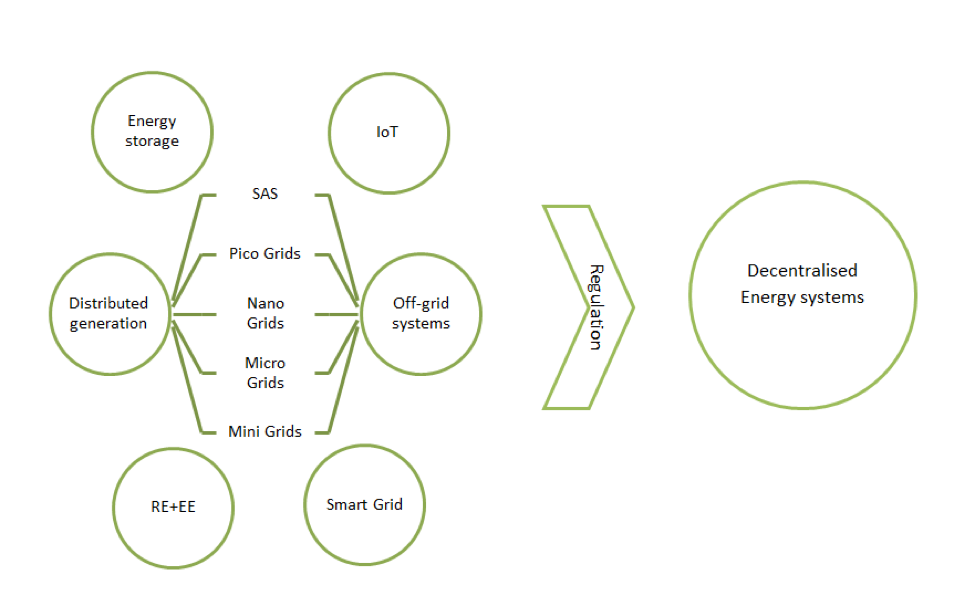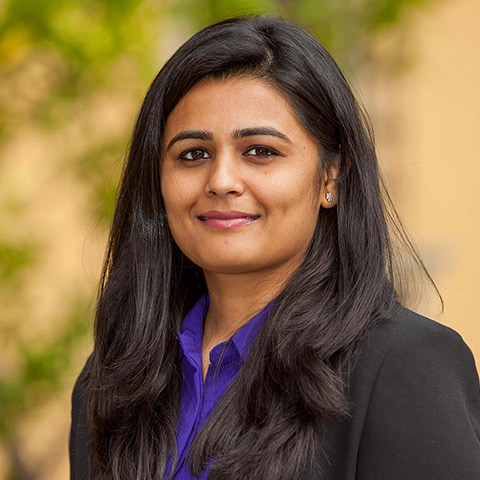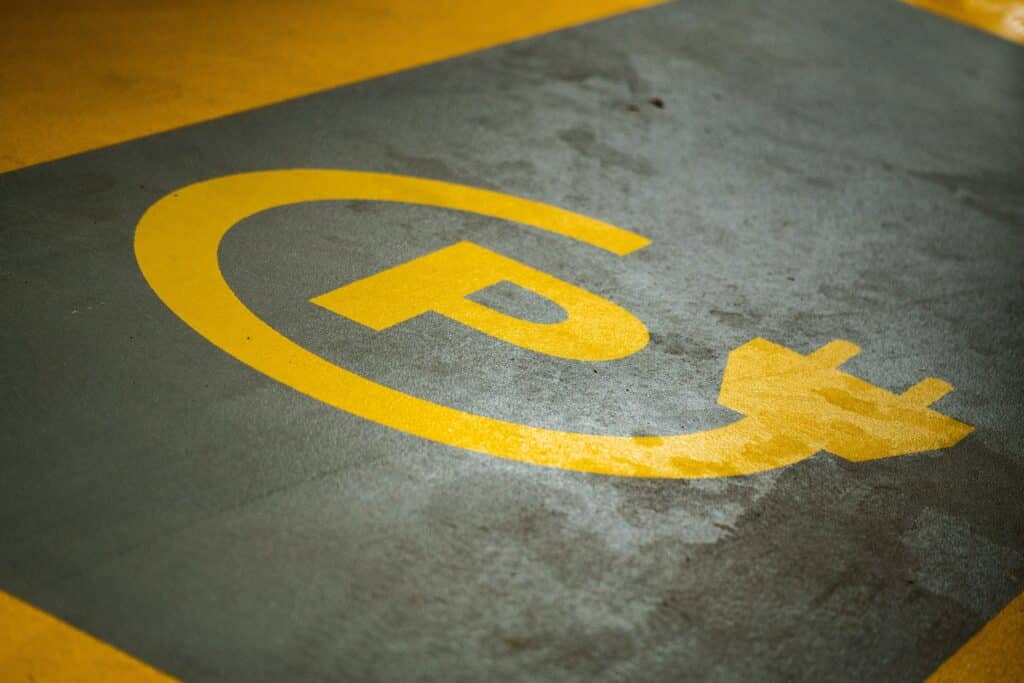“Decoding the elements of universal access to energy”
FSR Topic of the Month – May Editor: Swetha RaviKumar Bhagwat
Third instalment by Swetha RaviKumar Bhagwat
If you were to start putting together the pieces of a puzzle, would you start from the corners, or pick pieces that seem to merge? Well, the logic is dictated by the picture of the puzzle. So, under the framework of access to electrification, how would the decentralised energy picture look?
Why is such a picture even important?
The issue – the incongruous nature of definitions and classifications under the energy access banner complicates this picture composition process. Moreover, this is no different in the case of the decentralised energy system (DES), which is now the front-runner when it comes to energy access solutions.
The need – a common understanding of definitions and classifications will allow us to analyse, plan, design and measure the various technological, policy, economic or regulatory solutions that govern energy access. Additionally, it will help in understanding the DES market and in comparing lessons and solutions from across the globe uniformly.
What goes into the DES picture?
For this, we need to understand the key components such as – where does the supply come from, how is this delivered, for what use and what are the support technologies that enable the provision of energy access.
Under the DES frame, supply is provided by distributed generation (DG).
So, what is DG1?
‘Electricity production at or near the point of use, irrespective of size, technology or fuel used for both off-grid and on-grid.’
These systems generate electricity using one or more resources such as – gas, diesel, solar, hydro, wind, biogas, biodiesel and biomass cogeneration. However, we observe a surge of renewable energy (RE) based solutions that are here to stay.
Now the delivery of this electricity to the end-use happens via off-grid systems which could be as small as a stand-alone system for basic lighting or a megawatt size mini grid catering to a larger electricity demand.
So, what are off-grid systems2?
‘Off-grid systems have a (semi)-autonomous capability to satisfy electricity demand through local power generation.’
&
‘Not using or depending on electricity provided through main grids (above 11 kilovolts) and generated by main power infrastructure.’
At the consumption side, end use can be at different levels such as household, commercial, community or industrial, which takes care of electrification needs ranging from lighting, mobile charging, TV, fan, power backup, refrigeration, equipment among other.
Therefore, the broad classification of off-grid systems under the energy access banner are Stand-alone systems (SAS) and Mini-grid systems. These can further be broken down into seven classes based on the system sizes, delivery method, application and user type2.

It is important to note that while DG caters to only generation, off-grid systems, on the other hand, encompass the supply and demand as one system.
Finally, auxiliary technologies such as energy storage, smart grids, efficient appliances, internet of things (IoT), etc. play a vital role in providing energy access using DES. Energy storage, for instance, allows the user flexible usage, efficient appliance lower the energy demand and IoT aids in understanding user behaviour as well as in delivering the appropriate services. We already see a strong implementation of these auxiliary technologies that are revolutionising the way energy access is delivered. As the DES market evolves, broader concept such as smart grids that combine renewable energy (RE) and energy efficiency (EE) measures will enable effective and efficient management of resources and systems.
To get all these components moving in the right direction, the role of regulation is crucial. Effective regulation will address pertinent issues about policy adoption, technology standards, governance processes and economics that govern DES. Therefore, a cohesive and sound regulation will set the pace for faster spread of decentralised energy systems in the market.
By combining all these various components of DES into one picture we get:

[1] World Association for Decentralised Energy
2 IRENA_Off-grid_Renewable_Systems_WP_2015.pdf






